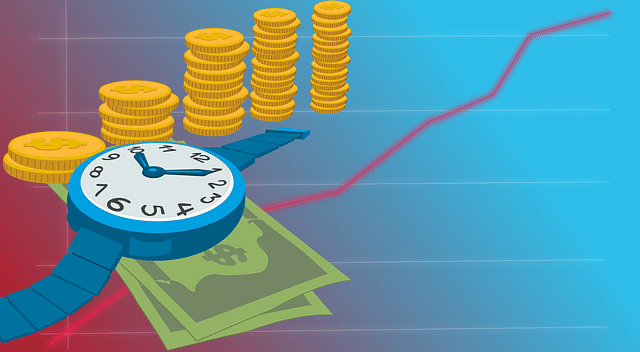


Begin by identifying line items that you overspent or under-spent on and see if they’re the same or different from year to year. Unless your event is in its first year, you already know what you spent your budget on in years past. We’ve rounded up some of the best ways to use data that will help guide your budgeting process. Phase 1: Clarify your event budget strategyīefore you dive into your actual budget planning for event management, it’s important to take a step back and think critically about what you’ll be spending your money on. Here’s your ultimate guide to creating and managing an event budget. Tracking your pennies is critical to improving your event’s return on investment and managing your total cost, but you don’t have to be a math whiz to keep your event planning budget on track. Blowing your budget on swanky cocktails or headlining entertainment might seem like a good idea, but if you don’t have any budget left to promote your event, you won’t be able to attract any attendees to sip those drinks or enjoy the entertainment. Coming up with an event budget isn’t the most fun part of the planning process, but without a thorough understanding of every dollar you spend, you’re setting yourself up to overspend.


 0 kommentar(er)
0 kommentar(er)
